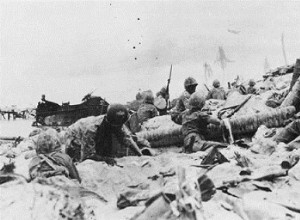The concept of neoliberalism is one of the most complex and controversial among those coined in the 20th century and concerns both theories and political-economic practices. Neoliberalism it is one of the most complicated concepts among those that were coined in the 20th century. This is because it




